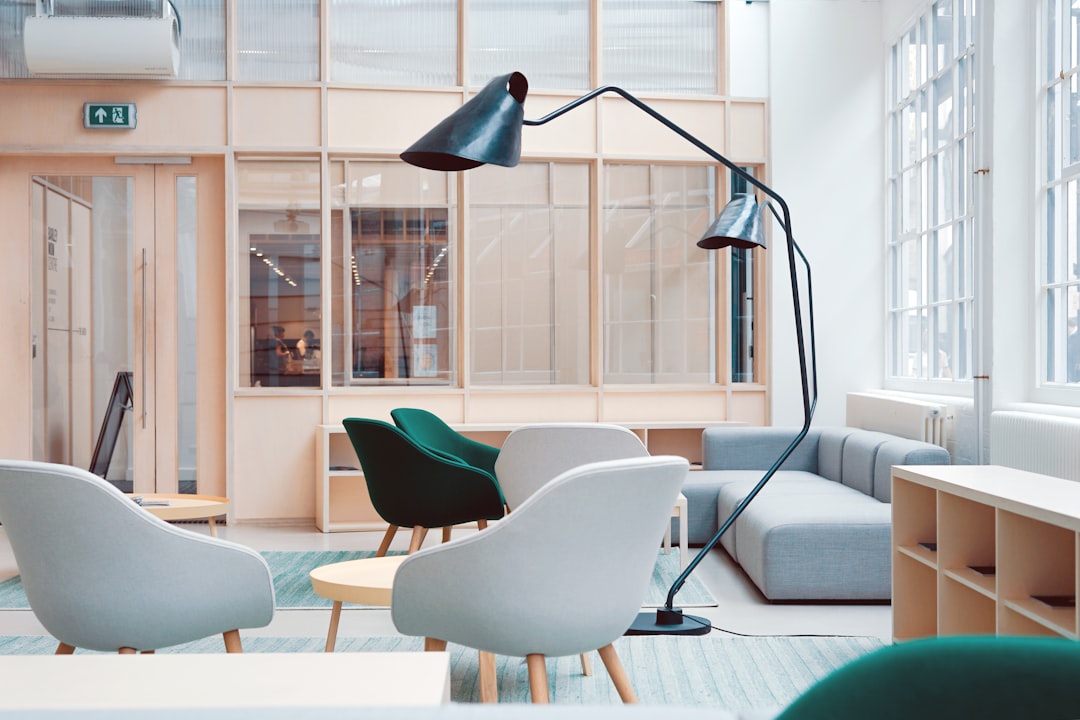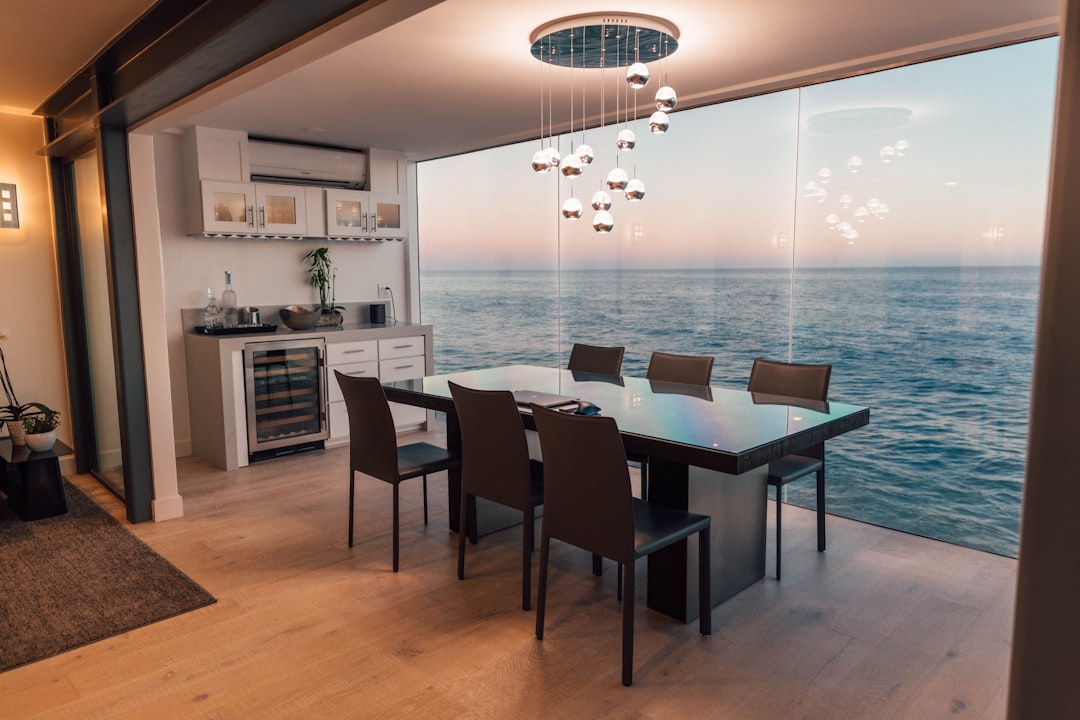Did you know the interior design industry is set to grow by 5% in the next decade? This growth shows a big need for people who can make spaces both beautiful and functional.
Exploring interior design shows that getting a degree in this field can lead to a great career. By becoming an interior design major, you mix your creativity with technical skills. This leads to a job that’s both rewarding and fulfilling.
We’ll help you understand how to succeed in this field. We’ll cover everything from the basics of an interior design degree to different career paths you can take.
Key Takeaways
- Pursuing an interior design major can lead to a fulfilling career.
- Understanding the core curriculum is crucial for success.
- Building a strong portfolio is essential for job prospects.
- Internships and networking play a significant role in the industry.
- Accreditation is vital for quality interior design education.
What is an Interior Design Major?
Becoming an interior design major means diving into a detailed program. It focuses on making spaces both useful and beautiful. Interior design is more than just decorating. It’s about using space well and making places that improve life.
Exploring the Concept of Interior Design
Interior design covers many topics, like space use and material choice. In interior design courses, we learn about colors, lighting, and picking furniture. These are key to making spaces that feel right.
The interior design curriculum teaches us to handle design challenges. We study design history, learn about styles, and see the value of green design.
Key Skills Developed in This Major
Interior design majors learn important skills for a career. These include:
- Understanding space use and layout
- Knowing about materials and finishes
- Applying design rules to make spaces look good
- Using design software and tech
By learning these skills in a interior design program, we’re ready to design spaces. These spaces are not just pretty but also meet people’s needs, improving their lives.
Why Choose Interior Design as a Career?
Choosing interior design as a career is rewarding and challenging. The industry is changing fast, thanks to new tech, green concerns, and changing tastes.
Interior design now covers many areas, from homes to offices. By going to best schools for interior design or top interior design colleges, we learn the skills needed to thrive.
Growing Job Opportunities in the Field
The job market for interior designers is expanding. The Bureau of Labor Statistics says jobs will grow by 5% from 2020 to 2030. This is because people want designs that are both green and useful.
| Design Specialty | Median Salary | Growth Prospects |
|---|---|---|
| Residential Design | $55,000 | Moderate |
| Commercial Design | $65,000 | High |
| Sustainable Design | $70,000 | Very High |
The Creative Aspect of Interior Design
Interior design is all about creativity. We get to work on many projects, from homes to offices. This lets us show our creativity and make our ideas real.
We mix technical skills with artistic flair to make spaces that look good and work well. Our job is to meet clients’ needs and choose the right materials and finishes.
In summary, interior design is a mix of creativity, technical skills, and job satisfaction. With the right education from top interior design colleges, we can explore many opportunities in this exciting field.
Core Curriculum of an Interior Design Major
The core curriculum of an interior design major gives students a deep understanding of design. It covers both the technical and creative sides of design. This is key for a successful career in the field.
At the heart of any interior design program are essential courses. These courses give a broad understanding of design principles, theories, and practices. Students also get hands-on experience through studio classes, working on real-world projects.
Essential Courses and Subjects
The curriculum for an interior design major includes a wide range of topics. Some key areas of study are:
- Design principles and elements
- Color theory and textiles
- Space planning and furniture design
- Building codes and accessibility standards
- Sustainable design practices
These courses help students develop creativity, technical skills, and problem-solving abilities. By studying these subjects, students gain a deep understanding of interior design.
| Course | Description | Skills Developed |
|---|---|---|
| Studio Design | Practical application of design principles to real-world projects | Creativity, problem-solving |
| Color Theory | Understanding the psychology and application of color in design | Color selection, aesthetics |
| Space Planning | Optimizing the use of space for functionality and aesthetics | Spatial reasoning, efficiency |
Importance of Hands-On Experience
Hands-on experience is vital in interior design education. Studio classes and projects let students apply what they’ve learned. This helps them understand the design process better.
Interior design programs mix theory with practical experience. This prepares students for the challenges of the profession. It makes sure graduates are well-rounded and ready to contribute to the field.
Accreditation and Certification in Interior Design
Exploring interior design education, we find that accreditation and certification are key. They ensure our education quality and prepare us for a career in interior design.
Understanding Accreditation Importance
Accreditation checks if an interior design program meets certain standards. In the U.S., the National Association of Schools of Art and Design (NASAD) and the Council for Interior Design Accreditation (CIDA) are major accreditors. Accreditation is vital because it confirms the program offers a full education, readying students for the job. It’s important to check if a program is accredited before joining, to make sure it meets industry standards.
Being in an accredited program offers many benefits. It makes you eligible for certification exams and boosts your job chances. Employers like to hire those from accredited programs, knowing they’ve had a quality education.
Overview of Certification Programs
Certification programs, like those from the National Kitchen and Bath Association (NKBA) or the American Society of Interior Designers (ASID), are crucial for career growth. They show our skills and dedication, making us stand out in the job market. Certification requires passing an exam, ongoing education, and following a code of ethics.
The perks of certification include:
- More credibility and recognition in the field
- Better job chances and career growth
- Access to professional networks and education
- Proof of expertise in interior design
By grasping the value of accreditation and seeking certifications, we lay a solid base for our interior design careers.
Career Paths for Interior Design Graduates
The field of interior design offers many career paths. You can choose from residential to commercial design and more. As interior design graduates, we can pick a path that fits our interests and goals.
One key decision is whether to focus on residential or commercial design. Residential design means creating homes that match homeowners’ needs and tastes. Commercial design is about making spaces for businesses look good and work well.
Residential vs. Commercial Design
Residential design lets us work with homeowners to design their homes. We pick colors, furniture, and layouts. Commercial design, though, requires skills in brand identity and customer experience.
| Design Aspect | Residential Design | Commercial Design |
|---|---|---|
| Primary Focus | Personalized living spaces | Functional business environments |
| Client Relationship | Direct interaction with homeowners | Interaction with business owners/managers |
| Design Considerations | Personal taste, family needs, lifestyle | Brand identity, customer experience, operational efficiency |
Opportunities in Specialized Design Fields
There are many specialized fields to explore. These include sustainable design, universal design, and historic preservation. Each field offers unique career paths and chances to make a difference.
Exploring these fields can lead to diverse and fulfilling careers. Understanding the options and skills needed helps us make the right choice for our future in interior design.
Building a Portfolio in Interior Design
In the competitive world of interior design, a strong portfolio is key to landing our dream job. It’s more than just our work; it shows our skills, creativity, and design philosophy.

Essential Elements of a Strong Portfolio
Our interior design portfolio should show our versatility and expertise. Include residential and commercial designs, and any specialized fields like sustainable design or historic preservation.
Key elements to include are:
- High-quality images of our designs
- Clear and concise descriptions of our design decisions
- Examples of our design process, from concept to completion
- Any relevant certifications or awards we’ve received
For a better portfolio, consider the Interior Design Portfolio Course. It offers valuable tips on showcasing our work.
Tips for Showcasing Our Work
Showcasing our work well is as important as the work itself. Here are tips to make our portfolio shine:
“A great portfolio doesn’t just show what you’ve done; it tells the story of who you are as a designer.”
To stand out, we should:
- Use high-quality images that are well-lit and in focus
- Write clear and concise descriptions that explain our design decisions
- Organize our portfolio in a logical and easy-to-follow manner
- Regularly update our portfolio with new projects and experiences
By following these tips and showcasing a variety of projects, we can create a compelling portfolio. It will showcase our talents and help us stand out in the competitive interior design industry.
Internships and Networking Opportunities
Getting practical experience through internships and networking is key for those starting in interior design. These steps boost our skills and open up new chances in our careers.
Value of Internships
Internships give us real-world experience. We get to use what we’ve learned in actual projects. This experience is crucial for learning how to solve problems, understand what clients want, and get familiar with industry tools.
Internships let us try out different parts of interior design, like homes, offices, or green design. This helps us figure out what we like and what we’re good at, shaping our career paths.
| Internship Benefits | Description |
|---|---|
| Practical Experience | Apply theoretical knowledge in real-world settings. |
| Skill Development | Enhance problem-solving skills and familiarity with industry software. |
| Career Guidance | Explore different areas within interior design to identify interests and strengths. |
Effective Networking Strategies
Networking is a big deal in interior design. It lets us meet people, keep up with trends, and find jobs. By going to design events, joining groups, and using online platforms, we can grow a strong network that supports our goals.
Some good ways to network include:
- Going to conferences and seminars about interior design.
- Joining groups like the American Society of Interior Designers (ASID).
- Being active in online forums and social media groups for interior design.
By mixing internships with smart networking, we can really boost our chances in interior design. These steps give us the skills and knowledge we need and help us make a strong impression in our field.
Tools and Technology in Interior Design
Technology has changed the interior design world a lot. It has brought new tools and ways of working. As interior design students, knowing the latest software and tech is key.
Software for Designers
Knowing specific software is vital for making top-notch designs. Some top programs include:
- AutoCAD: Great for drawing and designing.
- SketchUp: Easy to use and good for 3D models.
- Revit: Essential for detailed architectural designs.
A survey by the American Society of Interior Designers shows that knowing these programs makes designers more marketable. It helps them create high-quality designs.
| Software | Primary Use | Benefits |
|---|---|---|
| AutoCAD | 2D and 3D drafting | Precision and accuracy in design |
| SketchUp | 3D modeling | Ease of use and quick visualization |
| Revit | Building Information Modeling (BIM) | Comprehensive design and documentation |
Emerging Technologies
The interior design world is on the verge of a tech revolution. Trends like virtual reality (VR) and augmented reality (AR) are changing everything. These technologies let clients see designs in a new, interactive way.
“The integration of VR and AR in interior design not only enhances client communication but also streamlines the design process, making it more efficient and effective.” –
Keeping up with these new technologies is important for designers. By using VR, AR, and other new tools, we can create more innovative designs.
As we grow in this field, technology will become even more important. It will shape the future of interior design.
The Future of Interior Design
The interior design world is changing fast. New trends and tech are leading the way. Now, designs focus more on being green and sustainable.
Industry Trends
Technology is making designs better and more functional. We’re also adding nature-inspired elements to boost well-being. These changes are making spaces healthier and more beautiful.
Sustainable Practices
People want designs that are good for the planet. We’re using eco-friendly materials and cutting down on waste. Our goal is to make spaces that look great and are kind to the environment.
By keeping up with these trends, we can lead the way in interior design. We’ll create spaces that are both stylish and sustainable for our clients.



